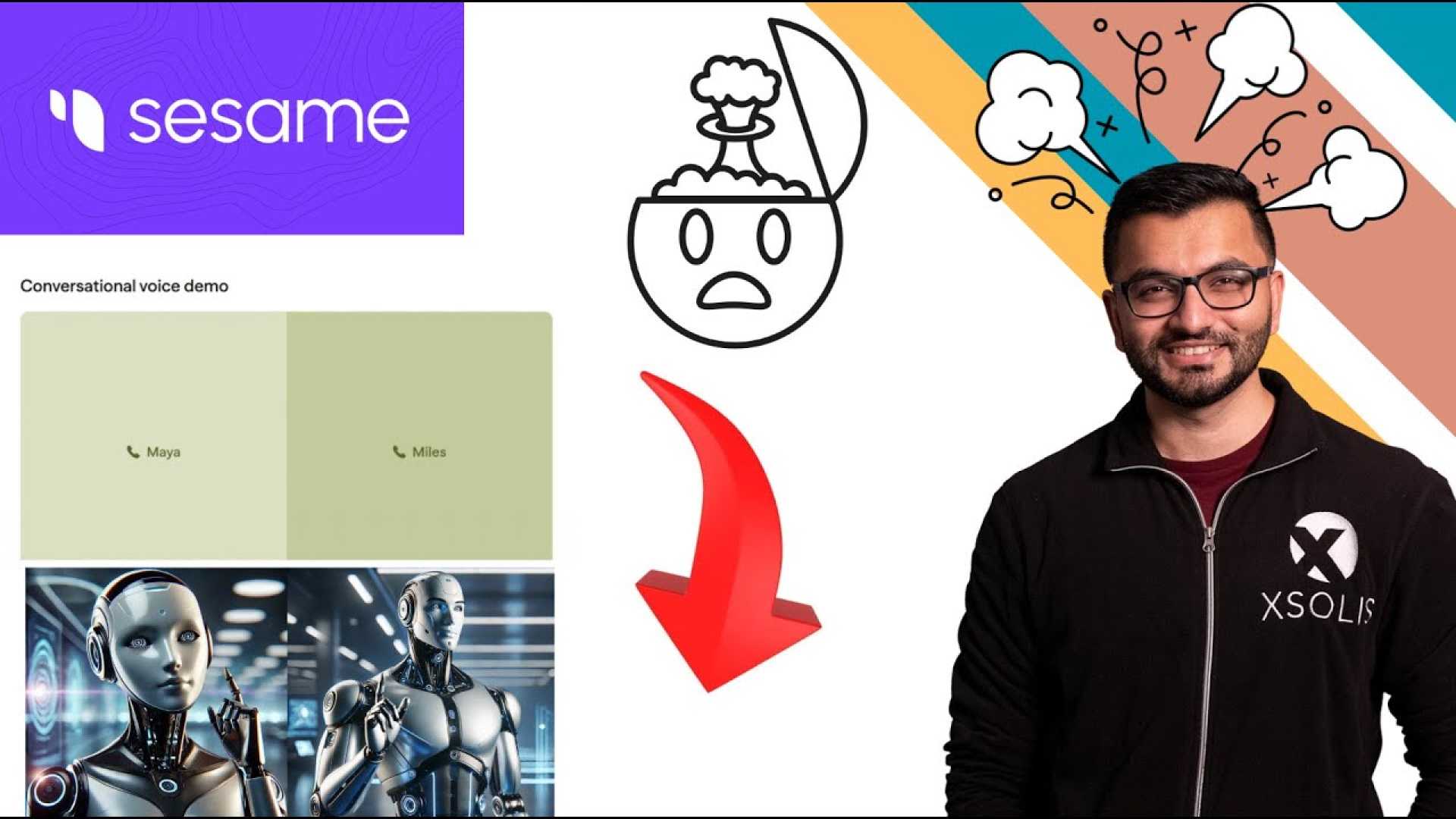Tech
Sesame AI Voice Model Promises Real Conversations with Machines

CAMBRIDGE, Mass. — The future of artificial intelligence is here, with the introduction of Sesame AI‘s Conversational Speech Model (CSM), designed to mimic human-like interactions. Released in early March 2025, this innovation has generated significant excitement and debate about its implications.
According to Nathaniel Whittemore from AI Daily Brief, Sesame has been termed a ‘GP-3 moment for voice,’ signaling its importance in the realm of conversational AI. ‘This is an area that we’ve been thinking about a lot,’ Whittemore noted, highlighting the significant advancements being made in voice communication technology.
Sesame, equipped with approximately 1 billion parameters, is built on transformer-based architecture like other sophisticated AI models. Whittemore described the model’s launch as an ‘incredible explosion’ in voice technology, with larger versions in development.
During a demo presented by Ethan Mollick, a figure in AI analysis connected to MIT, the voice model named Maya engaged in a conversation that highlighted its uncanny ability to imitate human-like interactions. At one point, Mollick asked Maya about her profession, to which she replied, ‘Living is a strong word,’ showcasing its ability to understand and respond dynamically.
In addition to casual conversation, users reported surprising realism in discussions with Maya, with comments such as, ‘This is the first AGI moment for AI voice mode,’ reflecting the heightened level of engagement achieved. Feedback from users included observations on the natural sound of the voice and the speed of responses, both of which contribute to a more lifelike experience.
Developer Adil Mania expressed a strong preference for conversing with Sesame’s voice model over traditional language-learning platforms or even therapists, indicating a potential shift in how individuals might interact with AI in personal development scenarios.
Sesame is also exploring applications beyond personal assistants, including roles in sales and recruitment, aiming to enhance user experience across various sectors. The integration possibilities with AI-driven voice applications indicate substantial business potential, as companies seek more effective engagement methods with their customers.
The CSM is designed to adapt dynamically by recalling context from the last two minutes of conversation, making interactions feel more authentic and personalized. This capability stands in contrast to traditional TTS systems, often criticized for their monotone delivery and lack of emotional nuance.
According to Sesame, the model was trained on diverse audio datasets, allowing it to incorporate various tones and emotional responses. The intention behind Sesame’s development is to foster deeper connections with users, making spoken interactions feel valued and genuinely responsive.
The technology is underscored by critical implications for customer service. AI systems that deliver human-like engagement may decrease the need for human agents, potentially leading to reduced operational costs.
While some responses to Sesame’s capabilities are overwhelmingly positive, the prospect of AI entities sounding increasingly human raises ethical concerns. Mark Hachman, a technology journalist, described the experience as ‘deeply unsettling,’ drawing parallels to familiar human voices, which may spark discomfort among users.
Despite mixed reactions, Sesame continues to push boundaries in the AI voice domain. The company plans to open-source parts of its technology, encouraging collaboration and innovation in the field.
As the public accesses the demo, excitement and apprehension coexist. Whether regarded as a groundbreaking achievement or a source of concern, the evolution of AI speech technology has entered a new realm, inviting dialogue about the implications of communication with machines.












